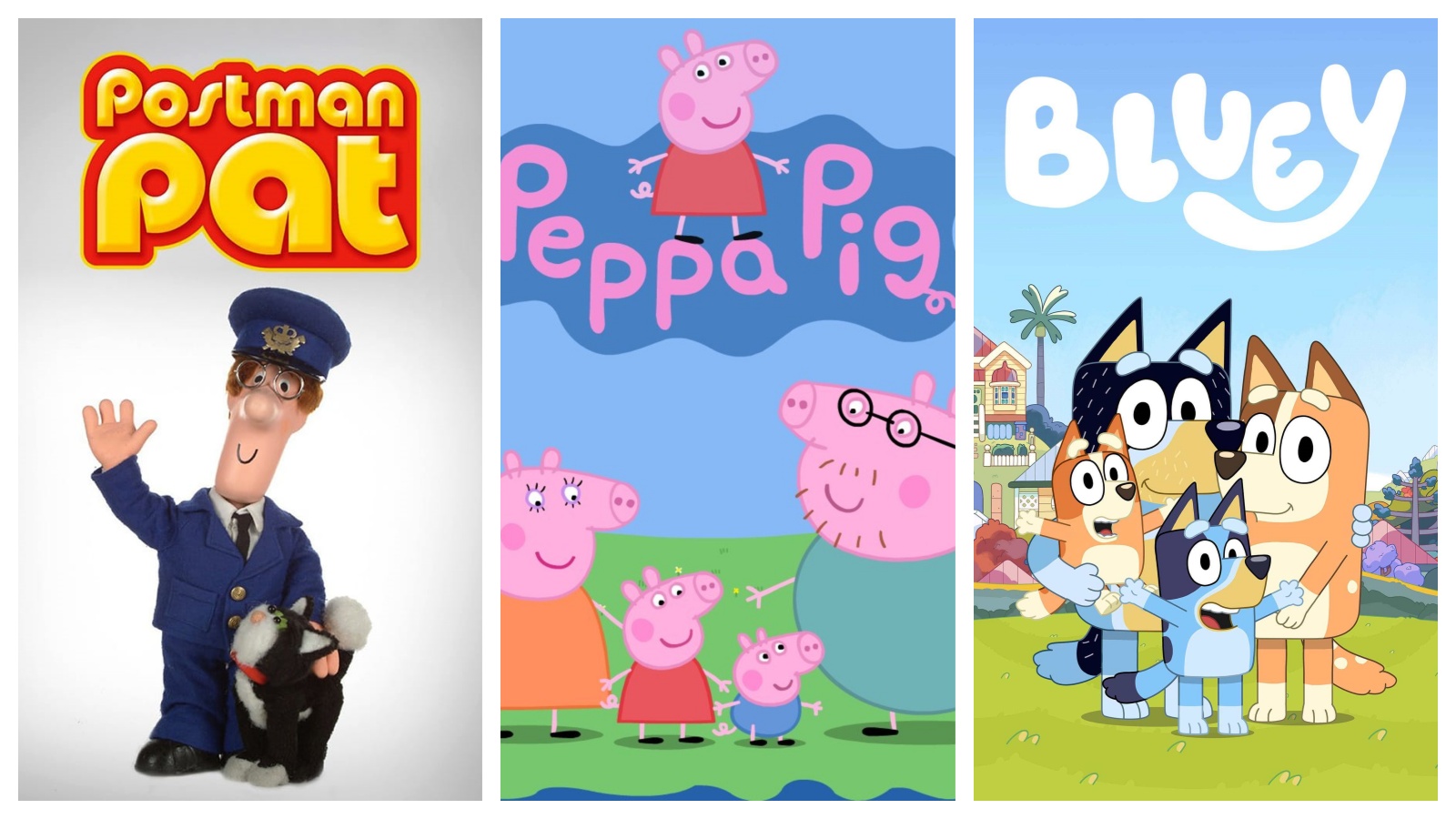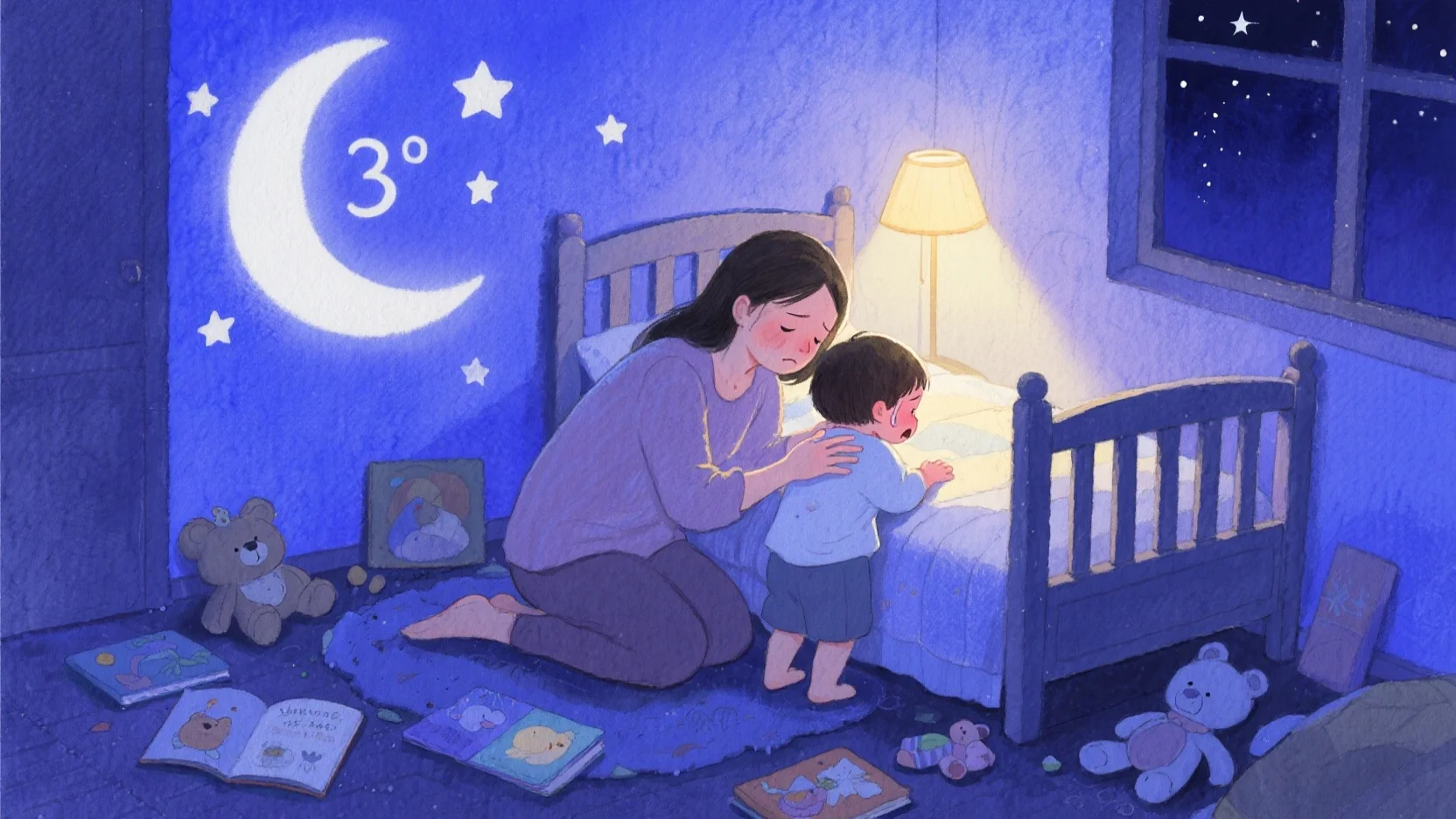Why Choose Slow-Paced Shows?
Fast, flashy cartoons can overstimulate toddlers, making it harder for them to focus, regulate emotions, and wind down. Low-stimulation shows, on the other hand, feature:
✅ Slow pacing (few scene changes)
✅ Soft colors & gentle music (no loud noises or flashing lights)
✅ Simple, relatable stories (no fantasy overload)
These shows help toddlers stay calm, learn better, and transition smoothly between activities.
📺 Top 10 Low-Stimulation Shows for Toddlers
| Show | Where to Watch | Why It’s Great |
|---|---|---|
| Bluey | Disney+ | Muted colors, realistic family scenes, short 7-minute episodes. Great for emotional learning. |
| Puffin Rock | Netflix, Apple TV+ | Nature documentary-style, soothing narration, and beautiful Irish landscapes. |
| Sarah & Duck | Amazon Prime, Apple TV+ | Minimal dialogue, creative problem-solving, and whimsical storytelling. |
| Little Bear | Paramount+, YouTube | Dreamy watercolor animation, slow storytelling, and gentle life lessons. |
| Franklin and Friends | Paramount+, YouTube | Teaches kindness and problem-solving at a toddler-friendly pace. |
| Kipper the Dog | Amazon Prime, YouTube | Understated British charm, slow rural adventures, and cozy interactions. |
| Postman Pat | Amazon Prime, PBS Kids | Small-village life, steady pacing, and gentle community lessons. |
| Daniel Tiger’s Neighborhood | PBS Kids, Amazon Prime | Emotional learning through songs and soft-spoken lessons. |
| Peppa Pig | Netflix, Amazon Prime | Simple stories about family routines, easy for toddlers to follow. |
| Winnie the Pooh (1990s) | Disney+ | Slow, thoughtful storytelling in the Hundred Acre Wood. Perfect for bedtime. |
🧠 Why These Shows Help Toddlers Thrive
1. Better Focus & Attention
- Slow pacing lets toddlers process what they see without feeling overwhelmed.
- Fewer scene changes = less mental fatigue.
2. Emotional Regulation
- Shows like Daniel Tiger teach patience, sharing, and coping skills.
- Gentle storytelling helps toddlers understand their feelings.
3. Language Development
- Clear, slow speech helps toddlers pick up new words.
- Repetition (like in Bluey) reinforces learning.
4. Easier Transitions
- Low-stim shows help toddlers wind down before naps or bedtime.
- Great for calming after active play.
**⏳ How to Use These Shows Wisely**
✔ Limit to 10–15 minutes per session (especially for ages 2–3).
✔ Watch together when possible – Talk about the show: “What do you think Bluey will do next?”
✔ Avoid before bedtime – Opt for books or lullabies instead.
✔ Follow with screen-free play – Helps toddlers process what they watched.
🚫 Shows to Avoid (Too Overstimulating)
❌ Cocomelon (fast cuts, bright colors, loud music)
❌ Paw Patrol (high-energy, rapid dialogue)
❌ Blippi (hyperactive pacing, sensory overload)
🌟 Final Thought
Low-stimulation TV isn’t just calmer—it’s smarter. By choosing slow, gentle shows and limiting screen time, parents can support their toddler’s brain development, language skills, and emotional growth.








